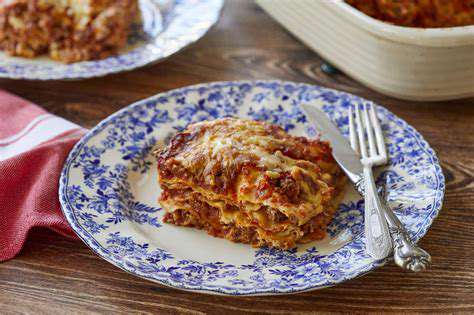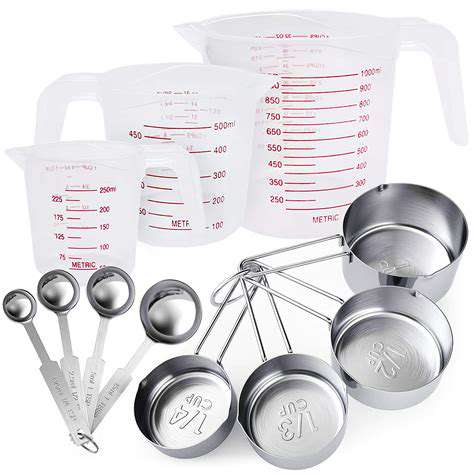The History of Sushi in the West
Evolution of Sushi Preparation
Sushi's journey from its humble beginnings as a simple preservation method for fish in ancient Japan has been a fascinating one. Early forms involved fermenting fish with rice, a process crucial for its preservation in a time before refrigeration. This initial method laid the foundation for the complex culinary art form we know today, evolving from a practical necessity into a sophisticated gastronomic experience. The evolution of techniques, including the introduction of different vinegars and seasonings, showcases the adaptable nature of this dish.
Sushi's Global Impact
Modern sushi, with its diverse range of fillings and preparation methods, has transcended its Japanese origins, becoming a global phenomenon. From bustling sushi restaurants in major cities worldwide to smaller, intimate establishments, the demand for this culinary masterpiece has led to a global exchange of ideas and techniques. This widespread adoption has significantly influenced the food scenes of many countries, fostering appreciation for Japanese cuisine and its unique approach to food preservation and preparation.
The Role of Rice in Sushi
Sushi rice, a crucial component of this dish, is prepared with a specific technique involving soaking and cooking, which gives it a unique texture and sticky consistency. This meticulous preparation allows the rice to form a perfect bed for the various fillings and flavors, highlighting the harmonious balance between the rice and the ingredients.
The particular type of vinegar used in the preparation of the rice, often seasoned with sugar and salt, adds a distinct tangy and savory element. This controlled process is essential in achieving the signature taste that defines sushi.
Beyond Raw Fish: Exploring Flavors and Ingredients
While raw fish remains a staple in many sushi dishes, modern interpretations have expanded beyond this traditional component. Innovations include incorporating various proteins, vegetables, and even fruits in creative combinations, showcasing the versatility of sushi as a platform for culinary experimentation. This fusion of flavors and textures has led to a wider appeal for the dish and has allowed for the development of a more diverse range of sushi options.
The Art of Presentation: Aesthetics in Sushi
The aesthetic appeal of sushi plays a significant role in its enjoyment. The precise arrangement of ingredients, the vibrant colors, and the artistry involved in its preparation all contribute to the overall experience. Sushi chefs often use meticulous techniques to present their creations, highlighting the inherent beauty and sophistication of the dish, transforming it from a simple meal into a work of art.
Sushi Culture and Etiquette
Sushi culture extends beyond the culinary aspect, incorporating specific dining etiquette that enhances the overall experience. Understanding the proper way to eat sushi, the appropriate utensils to use, and the cultural context surrounding this dish is key to appreciating it fully. This etiquette contributes to the overall respect for the preparation and tradition of sushi, highlighting the cultural significance behind this dish.
The Future of Sushi: Innovation and Sustainability
The future of sushi holds exciting possibilities, with continued innovation in preparation techniques and ingredient sourcing. Sustainability is also becoming a critical aspect in the development of sushi, with chefs and restaurants exploring eco-friendly options for sourcing ingredients, reducing waste, and promoting responsible practices throughout the culinary process. These advancements ensure that the future of sushi remains both innovative and sustainable.
Read more about The History of Sushi in the West
Hot Recommendations
- Traditional Foods for Day of the Dead
- Food Etiquette in Italy: Pasta Rules!
- Best Family Friendly Restaurants with Play Areas in [City]
- Review: The Best [Specific Dessert] Place in [City]
- Top Ice Cream Parlors in [City]
- Traditional Foods for Halloween
- The History of the Potato in Ireland
- Best Vegan Pizza Joints in [City] [2025]
- Best Bakeries for Sourdough Bread in [City]
- Food Culture in Argentina: Asado and Wine



![Healthy Eating for Athletes [Fueling Your Body]](/static/images/28/2025-05/BeyondtheDiet3ALifestyleFactorsforAthleticSuccess.jpg)



![Review: The [Specific Brand] Electric Mixer](/static/images/28/2025-06/Performance3AMixingLiquidsandDoughs.jpg)



![Review: The Most Unique Dining Experience in [City]](/static/images/28/2025-07/BeyondthePlate3AAMulti-SensoryExperience.jpg)